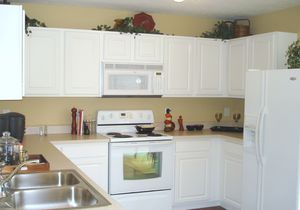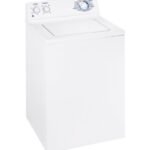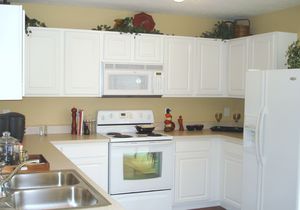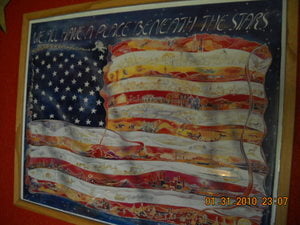When thinking of how you can give your kitchen a new, fresh look, consider color washing your cabinets. This simple technique will give your kitchen cabinets definition, charm and interest. Color washing is a very simple procedure and can be done in a weekend, even by a novice. You will need to make sure that you have all of the necessary materials and that you prepare the space but after that is done, then the actual painting is actually quite fun and will bring out your creative side.
First, you will need the following items:
Fine grit sandpaper
Drop clothes or plastic covering
Paintbrushes and roller brushes
Cotton rags, socks, soft cloths or paper towels
Plastic buckets
Can of your base coat of paint (typically, latex will work best)
Can of your wash color of paint
Board for practice
**NOTE: Before you begin your project, it is a good idea to practice a small area first to get an idea of how you want to apply the wash color.
When choosing your base coat of paint, keep several things in mind. Typically, color washing works best with colors that are similar in hue, intensity and shade. Colors that are next to each other on the color wheel tend to work the best together with the lighter color as the base coat. Color washing also works very well when a white or off-white base coat is used to allow the color washing color to be more vivid.
Before you begin to work, make sure that you cover the area well with drop clothes or plastic covering to minimize the mess from dust and paint. This will make clean-up much easier and you will not shy away from other projects in the future just because you dread the clean up. Use the sandpaper to lightly sand the cabinets to remove old paint or stain. This gives the surface a rough area and allows the paint to adhere better. After sanding your cabinets, use a soft cloth dipped in water to wash down the cabinets to remove all dust and grit before applying your base coat of paint.
Before applying your base coat, either remove the hardware or use painter’s tape to cover the hardware. Of course, it makes the actual painting easier if you can remove the hardware but if not, then the tape works well. You also need to apply the painter’s tape along the wall and boarders to ensure that you do not paint these surfaces by accident. Now it is time to apply your base coat. Use a paintbrush or small roll brush to apply an even coat of your base color to the cabinets. The base coat will need to dry for at least four hours or the recommended time advised by the manufacturer.
Your top color-washing coat of paint can be mixed a few of different ways. Each of these techniques gives a very different result and you should try each one on your practice piece to ascertain which mix gives you the desired affect on your cabinets. 1. Mix your washing topcoat with white paint to give a heavier topcoat. This causes the base coat to not be as visible through the washing. 2. Dilute the washing topcoat with water – about two cups of paint to ½ cup of water. This will give you a very thin washing color and allow the base coat to show more vividly through the wash. 3. Use a glazing liquid, about one part glaze to five parts paint, to give a shimmer and shine to the finish. There are many glazes to choose from and many will give you different effects. About a week before I did my kitchen cabinets, I used an old piece of wood and tried each of the washes to see which mixture I wanted to use in my kitchen. This saved me from making a mistake and having to either “live with” the result or do the entire process again.
Likely Page BreakTo apply the top color-washing coat, use an old sock, soft cotton cloth or paper towel depending on what finish you want to achieve. Again, this is where testing this out on an old piece of wood will prevent you from having results you are not pleased with – – take time to play with each applicator and vary the degree of application to see exactly what you prefer. Begin by dipping the cloth into the top coat, dab excess off on paper towel and use circular motions to create a wash of color over the base coat. Vary your direction and pressure to create different depths and aspects or stay even and consistent for a uniform appearance. There is no right or wrong way to apply the top coat – just use your creativity and play with it first before you begin on your cabinets. When the applicator becomes soaked with paint, either rinse or discard and use another one – this prevents you from applying too much paint to an area.
Allow the paint to completely dry (I let it dry overnight) and then reattach the hardware and gently remove the painter’s tape and enjoy the results of your labor.






